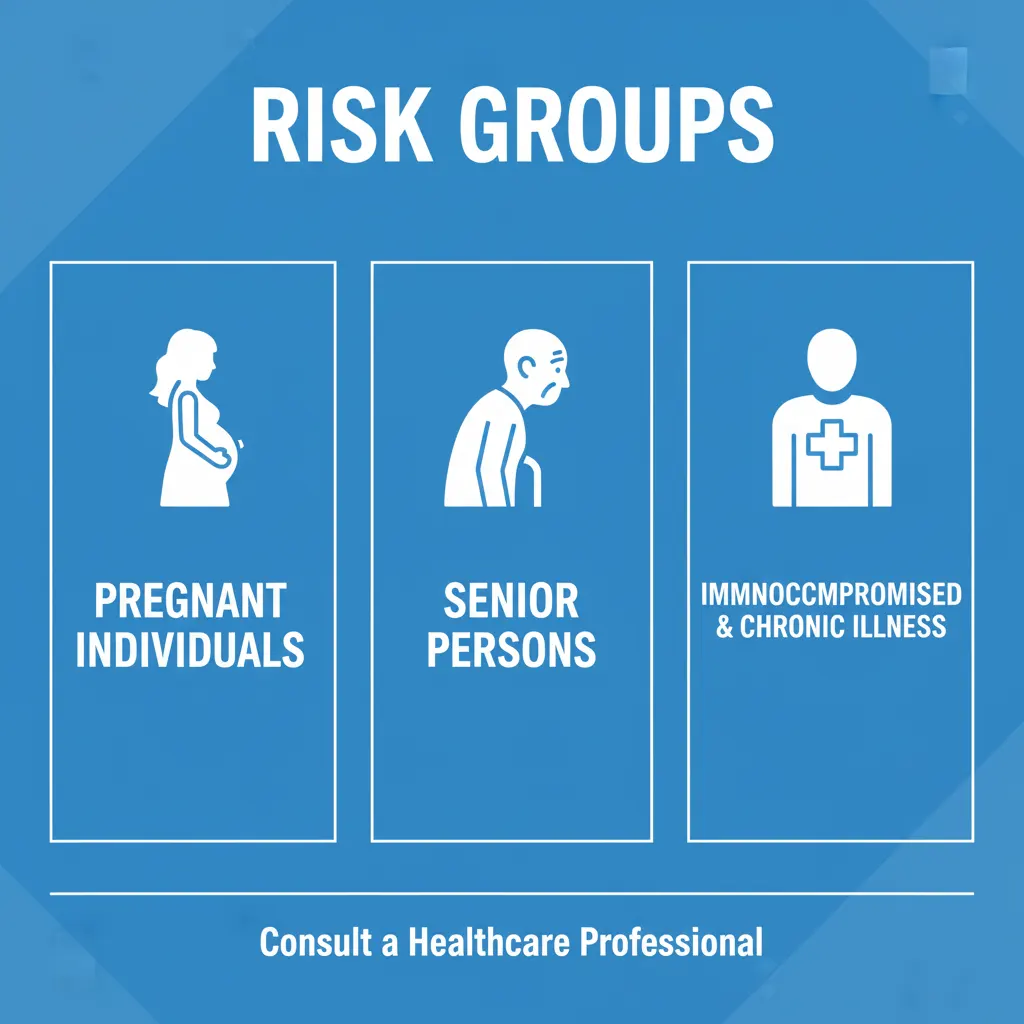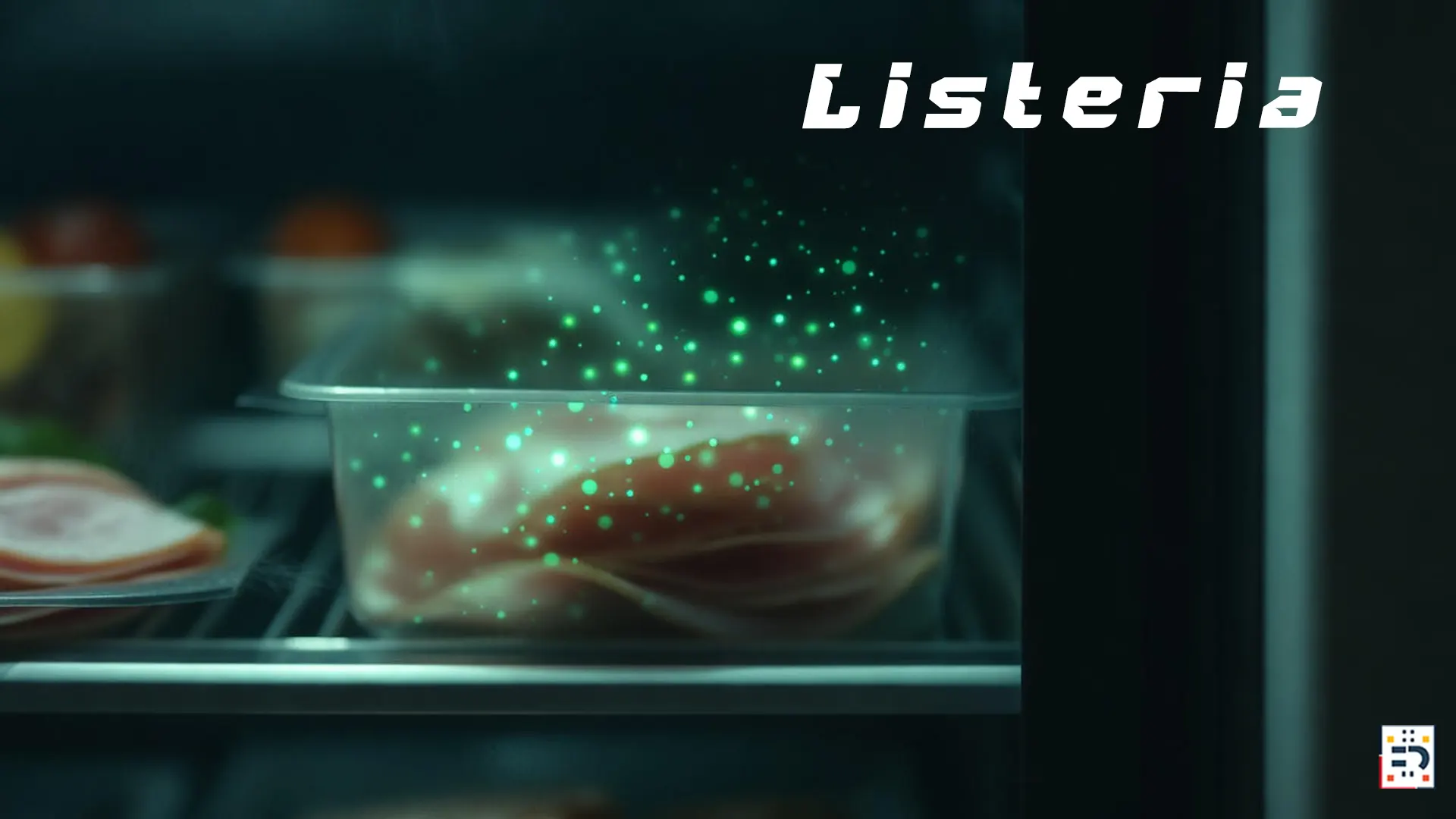You’re doing everything right. You’re eating your greens, packing nutritious lunches, and trying to make healthy choices. But what if a hidden danger was lurking in some of those very foods? A danger that doesn’t always affect everyone equally, but for some, can be severe, even life-threatening.
This isn’t a plot for a thriller movie; it’s the reality of Listeria.
You’ve likely seen the headlines: “Deli Meats Recalled for Listeria,” “Ice Cream Company Issues Listeria Warning.” But beyond the scary news bites, what exactly is this pathogen, and why should you be concerned? Let’s pull back the curtain on Listeria monocytogenes and empower you with the knowledge to stay safe.
What is Listeria, Anyway?
Listeria is a type of bacteria (scientific name: Listeria monocytogenes) that causes a foodborne illness called listeriosis.
What makes Listeria particularly tricky—and different from many other foodborne bugs—is its resilience. While most bacteria throw a party at room temperature, Listeria is perfectly happy chilling in your refrigerator. It can even survive and slowly multiply in freezing temperatures. This cold-tolerant nature is precisely why it’s often associated with ready-to-eat foods that we store in the fridge. The CDC provides a comprehensive overview of Listeria that details its unique characteristics.

Who is Most at Risk? Understanding the “Why”
For many healthy adults and children, a Listeria infection might cause mild, flu-like symptoms or even go completely unnoticed. However, for certain groups of people, listeriosis can be incredibly dangerous, leading to severe illness and hospitalization.
The people at highest risk include:
- Pregnant Women and Their Newborns: During pregnancy, a woman’s immune system is altered, making her more susceptible. The infection can be passed to the baby, leading to miscarriage, stillbirth, premature delivery, or a life-threatening infection in the newborn. The American Pregnancy Association offers specific guidance for pregnant women regarding Listeria.
- Adults Aged 65 and Older: As we age, our immune systems naturally weaken.
- People with Weakened Immune Systems: This includes individuals with conditions like cancer, HIV/AIDS, diabetes, or those who have had an organ transplant and are on immunosuppressant drugs.

The Symptoms: From Mild to Severe
The symptoms of listeriosis can appear anywhere from a few days to a few months after eating contaminated food, making it hard to pinpoint the source.
For High-Risk Individuals, symptoms are often severe and can include:
- High fever
- Severe headache
- Stiff neck
- Confusion or changes in alertness
- Loss of balance
- Muscle aches
- Convulsions
These severe symptoms often indicate that the infection has spread beyond the gut to the nervous system, causing meningitis or encephalitis.
For others, symptoms are typically milder and may resemble the flu:
- Fever
- Muscle aches
- Nausea
- Diarrhea
- Fatigue
Pregnant women should be especially vigilant for any fever and flu-like symptoms, as the infection can be mild for the mother but devastating for the baby.
How Do You Get Listeria? The Common Culprits
Listeria is found in soil, water, and some animals. It can contaminate a wide variety of foods, but the most common sources are ready-to-eat foods that aren’t cooked again before eating.
Be especially mindful of:
- Unpasteurized (Raw) Milk and soft cheeses made from it (like Feta, Brie, Camembert).
- Deli Meats and Hot Dogs that haven’t been reheated to steaming hot.
- Refrigerated Pâtés or Meat Spreads.
- Smoked Seafood (like lox).
- Raw Sprouts.
For the most current information on food recalls and outbreaks, you can always check the FDA’s Recalls, Market Withdrawals & Safety Alerts page or the CDC’s Outbreak List.

Diagnosis and Treatment: What to Do If You Suspect Listeria
If you are in a high-risk group and experience symptoms, especially a high fever with a severe headache or stiff neck, contact your doctor immediately.
- Diagnosis: Listeriosis is diagnosed through a laboratory test called a blood or spinal fluid culture to detect the presence of the bacteria.
- Treatment: Because it’s a bacterial infection, it is treated with antibiotics. The sooner treatment begins, the better the outcome. For mild cases in healthy people, doctors may not prescribe antibiotics, and the illness will resolve on its own. You can learn more about the diagnostic process on the Mayo Clinic’s website.
Your Best Defense: Prevention is Key
You can’t see, smell, or taste Listeria in your food. So, your best weapon is a strategy of smart prevention.
- Keep it Clean: Wash your hands, utensils, countertops, and cutting boards after handling and preparing food.
- Scrub Your Veggies: Thoroughly rinse raw vegetables under running water.
- Cook it Thoroughly: Cook raw meat, poultry, and seafood to a safe internal temperature. Use the USDA’s Safe Minimum Internal Temperature Chart as your guide.
- Be Smart with Your Fridge:
- Keep your refrigerator at 40°F (4°C) or below.
- Clean up spills immediately.
- Regularly clean the inside of your fridge with hot, soapy water.
- When in Doubt, Throw It Out! If you’re unsure how long something has been in the fridge, don’t take the risk. The FoodKeeper App is a fantastic resource for storage guidelines.

Knowledge is your best protection. By understanding what Listeria is, how it spreads, and who is most vulnerable, you can make informed choices to keep yourself and your loved ones safe. Share this article with someone who needs to know—it might just be the most important read of their day.
#Listeria #FoodSafety #ListeriaSymptoms #FoodPoisoning #PreventListeria #PregnancyHealth #FoodRecall #PublicHealth


